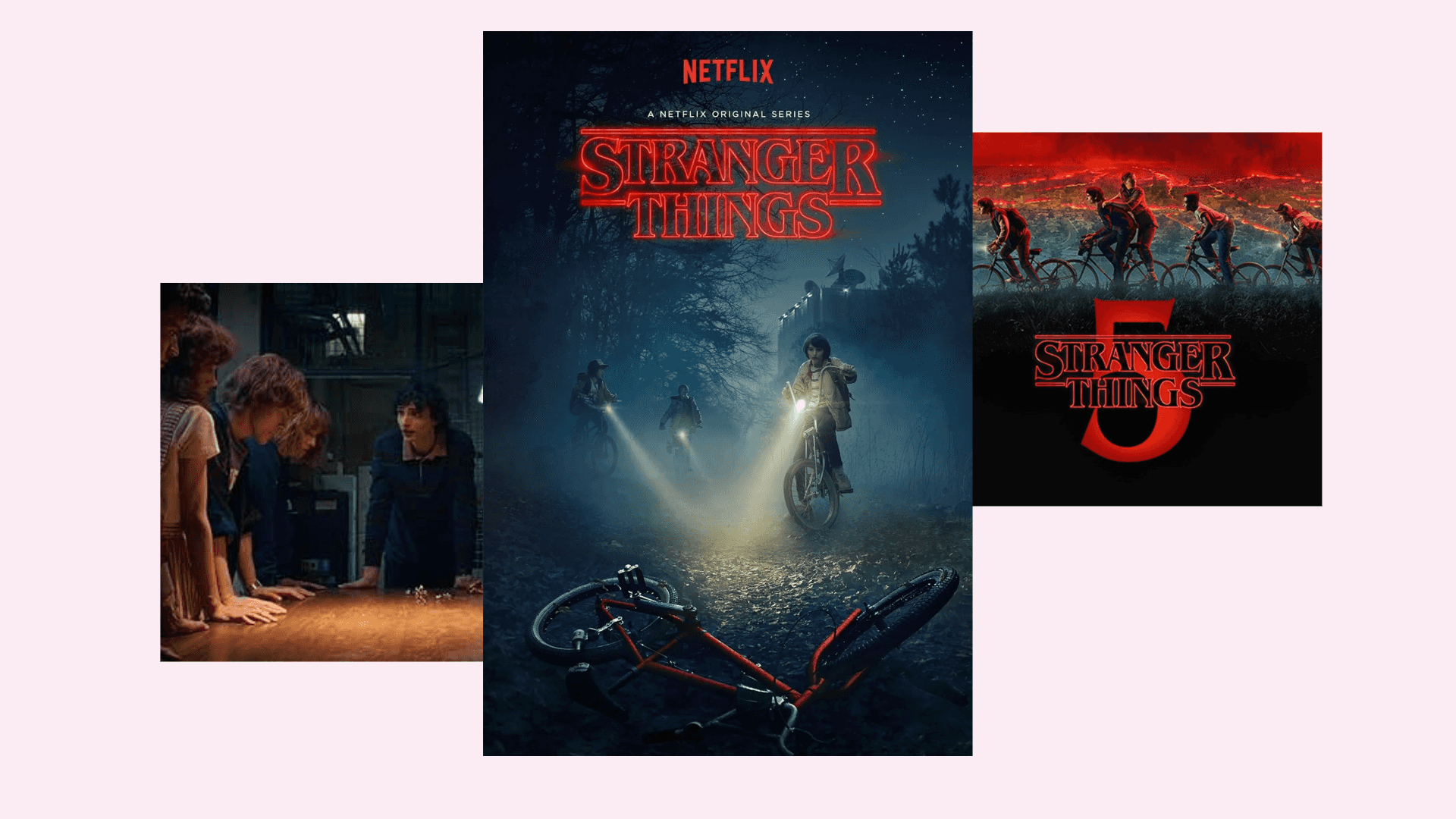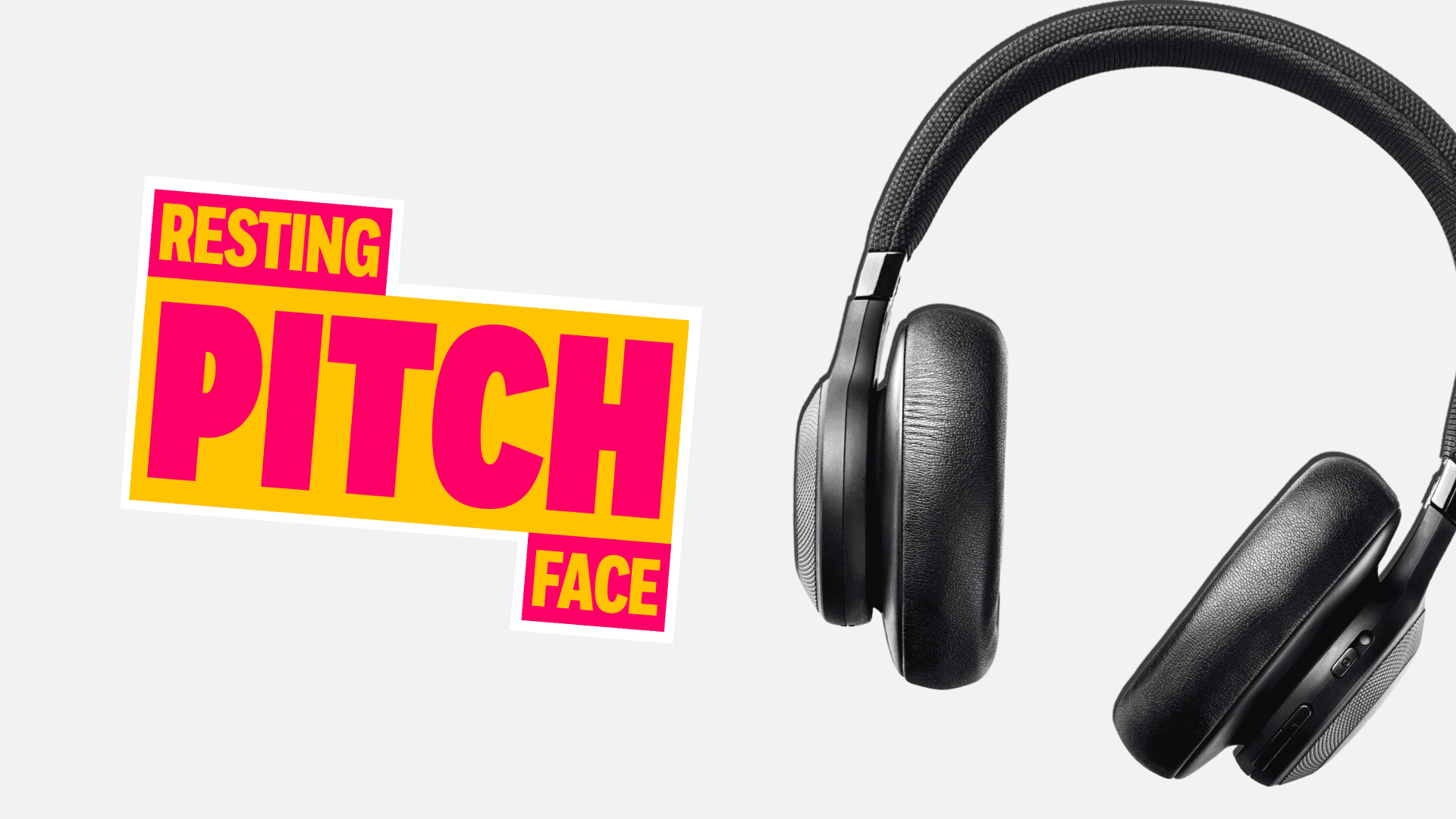
How To Use Amazon Advertising For Black Friday
Written by Caroline
Much like everything else with the e-commerce giant, Amazon’s advertising platform has been taking major strides in recent years.
Just ten years ago, most of us would simply use Amazon to compare prices. Maybe we’d be enticed into purchasing an item every so often if we could find a great deal. But on the whole, going direct to the retailer’s website or using Google’s ‘Shopping’ section was a far more popular route when it came to online shopping.
But this is far from the case anymore. What started off as nothing more than an online book retailer now has a 90% market share across five different product categories. Its share of the overall e-commerce market in the US now stands at an unreal 49%. That’s 43% higher than any other company, with eBay coming in at second with a market share of just 6.6%. Combined with its unarguable domination of the cloud computing industry, with a whopping 33% market share, things are certainly looking good for the future of Amazon.
Nowadays, a lot of us cut out Google Shopping and go straight to purchase on Amazon. We know that we’re almost guaranteed to find the best price there, and it’s just so easy to use! And with the added incentive of free delivery and the many other benefits that a Prime membership offers, it just makes sense to shop with Amazon.
This is strongly reflected in the company’s share price, which has risen from just $502.13 per share in February 2016 to an unreal $1,775.00 per share at the time of writing this article. In fact, if you’d invested $1,000 in Amazon this time 10 years ago you would now have just under $50,000 in the bank. Quite the transformation…
Amazon Advertising
Earlier this year, the e-commerce giant continued its recent advertising push with the decision to unify its main ad platforms. Once overridden with confusing acronyms – AAP, AMS, AMG – the label ‘Amazon Advertising’ seems to have drastically simplified things for marketers and business owners alike.
This new rebrand, combined with the simple fact that Amazon is by far the single largest online retailer in the world should be enough to encourage advertisers to finally jump on the Amazon bandwagon if they haven’t already. With just under three billion website visits every month, the platform offers a breeding ground for e-commerce brands. And with projects such as ‘Storefronts’, the roll-out of its brick and mortar stores and its continued investment in technology, the company is only going to continue with its world domination.
Some forward-thinking advertisers have already started to shift a large portion of their search budgets to Amazon, following a survey by CNBC. With $2 billion generated through advertising revenue last quarter, compared to Google’s huge $23 billion, Amazon still has a lot of space to grow. Following the launch of Amazon Advertising and the company’s focus on significantly improving the quality of its advertising services in recent years, now is a better time than ever for advertisers to give the platform a try. Especially with Black Friday and the festive season fast approaching.
What’s new?
One of the biggest questions surrounding the rebrand of Amazon’s advertising platforms is “What’s new?”.
If you’re familiar with Amazon’s previous advertising services, Amazon Media Group (AMG), Amazon Marketing Services (AMS) and Amazon Advertising Platform (AAP), then things should be fairly straightforward to get to grips with. In brief, Amazon has renamed a lot of its advertising products and brought them all under one central platform. But most of the functionality of these ads will remain exactly the same.
What was once known as ‘Headline Search Ads’ will now be called ‘Sponsored Brands’ or ‘Sponsored Products’, and will appear in Seller Central. These are keyword-driven ads that allow you to promote specific products or your overall brand within Amazon’s product listings.
AMS will now be known as ‘Advertising Console’. This is essentially Amazon’s pay-per-click platform, home to the ‘Sponsored Products’ ads and several other ad types. As with Google, there are several keyword match types: “broad”, “exact” and “phrase”. The Advertising Console is also home to Amazon’s ‘Stores’ feature, which allows advertisers to create their own “in-store experience” on Amazon; essentially an in-app e-commerce website that can include the use of rich media to create a more powerful online shopping experience for customers.
AAP has also been given a new name, ‘Amazon DSP Console’, to better represent the capabilities of Amazon’s programmatic ad tool. This platform allows advertisers to target their audience with programmatic display adverts on Amazon’s website and app as well as through select third-party platforms.
There are also other ad formats available such as video ads, mobile banner ads, interstitial ads and more.
For anyone wondering what will happen to AMG, this isn’t actually an ad product but rather Amazon’s in-house marketing team that works with advertisers to develop and optimise their advertising campaigns. This will remain part of the Amazon Advertising service.
What about targeting?
An important question for advertisers that are new to Amazon will surely be “What about the targeting capabilities?”. In summary, Amazon offers four main audience targeting options:
- Pixel-based (Customers who visit your brand’s website.)
- Product remarketing (Targeting shoppers that have viewed your promoted products but didn’t convert.)
- Brand halo remarketing (Targeting customers that have viewed other products from your brand.)
- Similar product remarketing (Targeting customers that have viewed similar products to yours.)
You can also add further targeting layers such as contextuality (similar to the ‘Interests’ section in Facebook Ads), demographics, location, time, device, and other common targeting options.
Why Amazon Ads?
If being able to reach its 300 million users isn’t already enough incentive for you, you’ll surely be wondering “Why should I use Amazon Ads?”.
One of the stand-out benefits is the value that it can offer advertisers. Whilst an advertising revenue of $2 billion per quarter may not suggest this, the company’s advertising platform is still in its very early stages. This means that Amazon’s advertising landscape is far less competitive than some of the other popular ad platforms such as Google and Facebook. As a result, you’ll generally get a lot more for your money on Amazon; research suggests that the average cost-per-click on Amazon was about 38% lower than on Google.
There’s a lot of room for growth with Amazon Advertising. As the platform is still in its early stages, there will undoubtedly be countless updates and new features over the coming months and years. If its success in other markets is anything to go by, Amazon will no doubt be dominating the online advertising market in years to come.
One of the main disadvantages of Amazon Advertising is the lack of a keyword planner. There are several third-party tools that claim to be effective at researching Amazon keywords, although they don’t actually provide search volume data for Amazon. Saying that, at the rate Amazon Advertising is progressing we’d be surprised if something along the lines of a keyword planner isn’t introduced soon. In the meantime, we’d recommend cross-checking your keywords with data from Google Ads to determine the potential search volume. This is probably the most accurate way to work out which keywords will perform well on Amazon unless you already have data from previous advertising campaigns on the platform.
A Brief History Of Black Friday
Black Friday has been highly popular in the United States since the start of the millennium. It’s been the busiest shopping day of the year since 2005, with over $3 billion spent online on Black Friday in 2016.
Saying that, Black Friday was relatively unheard of in the UK until 2010, when Amazon began offering Black Friday discounts to UK consumers. Even then, the shoppers’ holiday went fairly unnoticed in the UK. It wasn’t until 2013, when Asda started to offer huge Black Friday discounts that the US tradition began to gain traction in the UK. You’ll probably remember the endless stream of videos and photos of overly-excited customers fighting their way into shops in hunt of the best deals. Things have seemingly settled down a bit since these times, with more customers opting to avoid the crowds and shop online, which has in turn presented a huge opportunity for UK e-commerce brands.
How to use Amazon Advertising on Black Friday?
With Amazon pulling in 55% of all online transactions on Black Friday last year, this is the one place that e-commerce advertisers need to be on the 23rd November. Here are some tips and tricks that should help maximise your impact when using Amazon Advertising on Black Friday.
Prepare Early
If you haven’t started preparing for Black Friday yet then you’re already falling behind. Most advertisers will start planning their Black Friday campaigns at least one month in advance. Whether this is simply deciding what discounts you will offer or actually putting together the creative and scheduling your campaigns, every bit of preparation counts. The worst thing you can do is put together a rushed, last-minute campaign; not only will you risk throwing money down the drain, but you’ll also risk competitors out-performing you on the day.
Think Like A Shopper
Some advertisers see Black Friday as a chance to get rid of old stock. Whilst this isn’t a bad idea, this certainly shouldn’t be your main focus. Black Friday should be the time to increase the stock of your popular products and sell them at a discount. Even if it means a lower profit margin than usual, you’ll undoubtedly reap the benefits from a brand recognition perspective. A surge of new customers on Black Friday could have many long-term benefits for your brand, especially if your site has already got a strong history of retaining customers. Think about which products and discounts you’d be most excited to see if you were a shopper; these should be the areas that you invest in most.
Optimise Your Listings
The thing with Amazon Advertising that’s different to some other advertising platforms is that the popularity of your product (i.e. the star rating) will have more of an impact on your campaign than the quality of your listing and creative. Saying that, it doesn’t hurt to optimise your listings; a higher quality listing will be sure to improve user click-through rates.
One of the most important things to optimise is your product title. It can help to bear in mind some of the specific search terms that people may use, but some elements to include in your title are:
- Your brand name
- The name of the product itself
- Any distinguishing features such as the colour or size
It can also help to include high-quality images within your listings. More often than not, the image will be the first thing that catches a potential buyers’ attention and helps your product stand out from the other listings.
Boost Your Budgets
In addition, it could be wise to increase your campaign budgets on Black Friday. As there will be more advertisers competing for the top spots and more users on Amazon than usual, it’s likely that your campaigns will spend more than they would on an average day. Prepare for this scenario, as if you run out of budget by 11am you will miss out on a lot of opportunity.
Identify The Best Keywords
Identifying keywords with a lower Cost of Sale (ACoS) can be a great way to ensure you get the most out of your campaigns. You can then use this data to put together high-budget campaigns around these keywords, in order to reap better rewards.
It’s also important to consider that search intent will be higher on Black Friday than on other days of the year. This means that people will likely be searching for more specific, long-tail terms. For example, someone without intent to buy may just search for ‘nike trainers’. But on Black Friday, with an incentive to find the best deals, they would be more likely to search for ‘nike air max 90s size 10’. Consider this with the keywords that you’re bidding on – long-tail search terms could be the way to go. Saying that, it’s important to spread your budget across a mix of short, medium and long-tail keywords to ensure you have a diverse portfolio.
Stay Organised
As you’ll probably be running more ads than normal on Black Friday, it’s very important that you stay organised to avoid mistakes. Organise your campaigns by keyword, top sellers, category and so on. You’ll thank yourself when you have to rush through your endless list of campaigns trying to find the one that you want to edit.
Leverage External Traffic
Another way to ensure you have a successful Black Friday, although not strictly to do with paid advertising, is to make the most of your external traffic sources. For example, if you have an active mailing list then it could be wise to send out an email with your top Black Friday offers. You could even leverage your social media channels to promote your offers; maybe even using them to promote flash sales throughout the day.
Don’t Just Stop At Black Friday
Black Friday is one of the biggest shopping days of the year, but your advertising campaigns shouldn’t stop here. More and more advertisers are spreading their advertising budget across the whole Black Friday weekend and into Cyber Monday. Large advertisers invest huge advertising budgets throughout the whole holiday season! Either way, it could be wise to ensure that you have several other campaigns in the works for the weeks that follow Black Friday.
Want to discover more digital marketing tips and tricks? Why not sign up to our mailing list for all the latest insights from Flaunt Digital?







